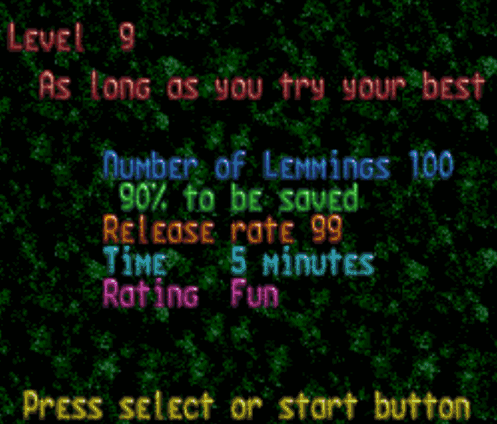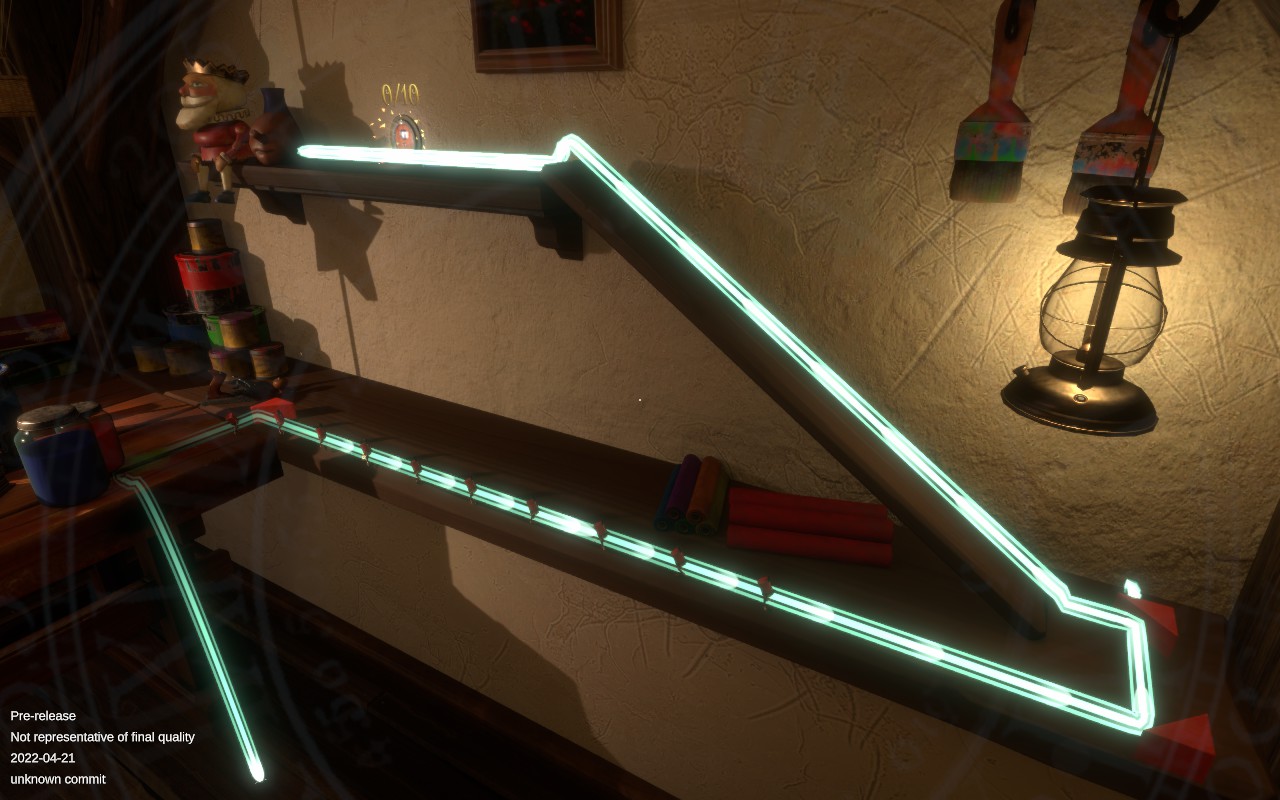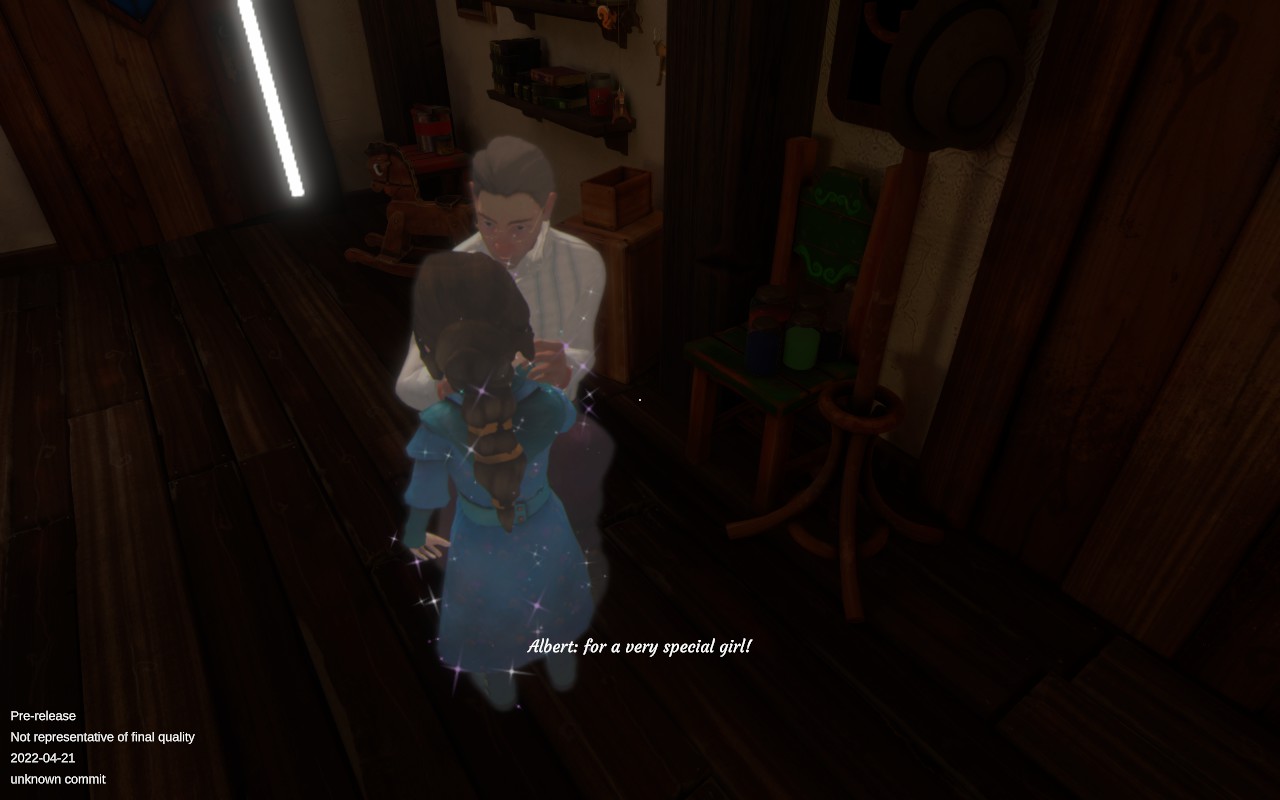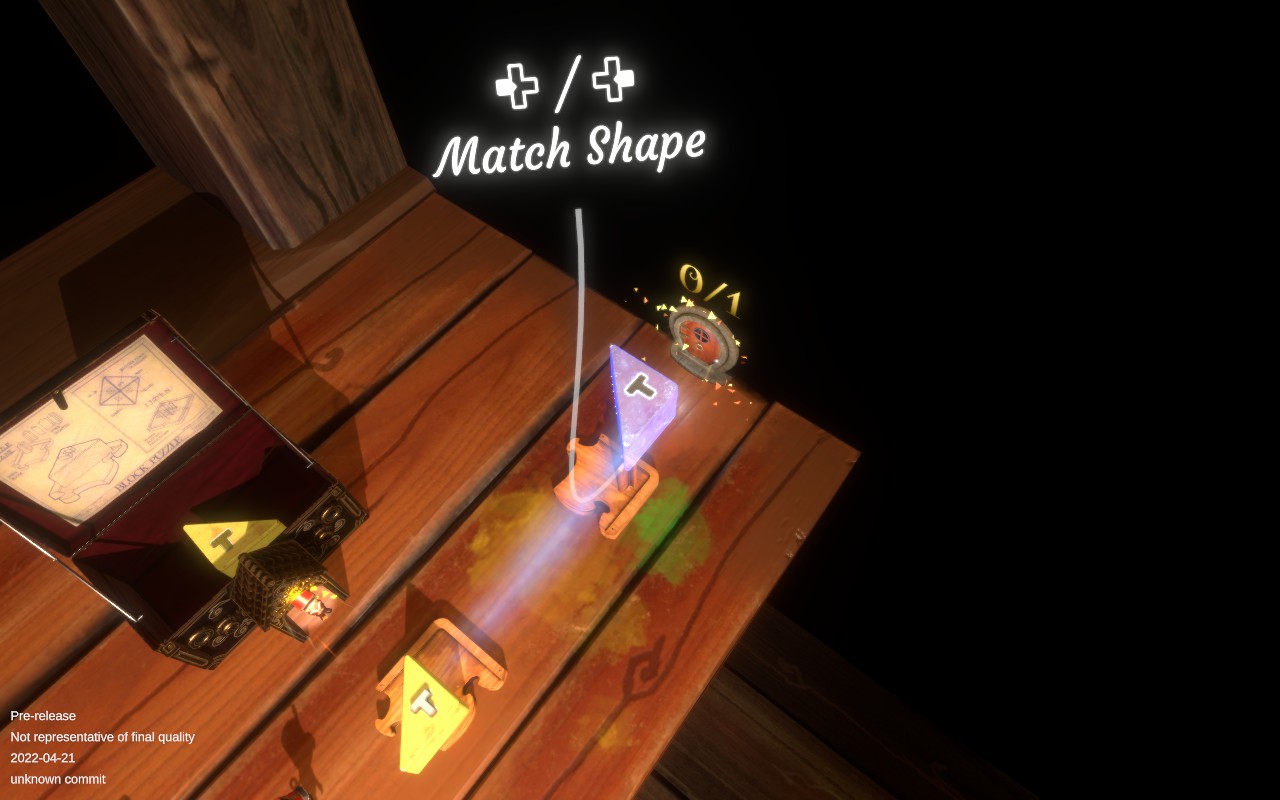Tin Hearts: A modern day Lemmings with a soothing story
Have you heard of lemmings? They are cute little rodents which got a bad and undeserved reputation of “suicidal herd mentality animal” due to the White Wilderness documentary in 1958, which staged them jumping from cliffs to their death in a collective unstoppable frenzy. This unfortunate myth, however, gave rise to one of the most memorable puzzle videogames of the 90’s, appropriately named after the rodents, which you do not as much guide as give orders to change the environment and make the little guys reach the exit.

The original game from 1991 can still be played from your browser and it popularized a number of game design standards that live up to today, like physics-based interactive environments, multiple solutions and timed levels. It’s also very light on CPU time, appropriate for the limitations of that time. But it is the basic principle of a bunch of dumb creatures marching to their doom which you must save by altering the environment so that they are guided to a safe exit that persisted, generating not only sequels but a number of clones and inspirations. You can even freely install an open-source clone called pingus on your distro and start playing right now!
As puzzles go, however, this style of puzzle game went out of fashion as computers and consoles became more powerful. Fancier graphics and more complex gameplays became prevalent and attempts to bring Lemmings to the 3D world, while mildy successful, where not enough to make it remain on the spotlight… Until now?

Granted, although Tin Hearts carries the same basic idea, it’s a fairly different experience. You never interact directly with your “lemmings” – which are now toy soldiers –, and it doesn’t rely so much on reflexes as the original; quite the contrary, you can reverse, pause and fast-forward time at your will while continuing to be able to interact with the environment, to make it clear that it is a chill challenge with no hurry to think your way through the level. Also, the outcome of your actions is clearly shown when you freeze time, as an animated trail of light extending from the toy soldiers.

The game is done by industry veterans which also worked on Fable, and it shows. When you start the game you are slowly presented to the various gameplay elements in a manner that doesn’t feel like a “tutorial” but instead as solid character progression. You start as disembodied hands that do little more than using certain objects that can fit clear shapes on the environment, with which you make the soldiers turn to the right or to the left, for example. Even then, there is still a challenge in finding that parts and get them to the correct spot, all the while getting used to the trending tactile interface that makes the game quite appropriate to virtual reality, which it supports (couldn’t have a chance to use it since it was disabled in the pre-release build I played). You are also stationary on the scenery at first, gradually unlocking abilities like moving around to grab pieces far away and gain a body, while you are slowly drip-fed the story bits with an appropriately soothing musical score. There are many other ways you can interfere on the environment, like turning the soldiers so that they bounce from big drums which you can point to some location, or some corridor where the soldiers grab balloons and are able to overcome small chasms. Knowing how to use them is what makes the puzzle part intriguing.

The interface felt awkward when I first played the game, to be frank. I was expecting a mouse cursor to neatly put things in place but this is very different, I have a first person view with hands to use. You can “force pull” pieces by pointing at them and pressing the trigger, and you can use the directionals or D-Pad to rotate the part over two axes. You advance time with the right trigger, rewing time with the left trigger, pause with space/left bumper, and can zoom with the right bumper. You have very limited interaction with objects that do not help your goal. Over time, I become so used to it that I ended up considering it brilliant – and in retrospect, I can’t imagine it being any other way, to cope with the richly detailed three dimensional scenery. It works well with mouse and keyboard or gamepad. The ghostly symbols and imagery overlays that appear with some actions also seemed annoying until I learned how to parse their information regarding time and goals, and they soon blended transparently into the gameplay. That change of heart (pun not intended) makes me think that this might be one of those titles that you actually need to get used to, before coming to a conclusion.

Once you pass through half a dozen levels, you get a taste of what you are trying to accomplish and what is your role – which I can’t spoil too much since its discovery is so integral to the story. As you get more freedoms, the levels can get quite challenging (in a good way), but you have some elbow room since they don’t usually require you to save all toy soldiers – only a minimum amount, with some sacrificial pieces that you need to spend to unlock new skills accounted for. The number of soldiers required is indicated atop the exit gate, and then a door clicks open with beams of light coming from it.

Check out the Steam Deck gameplay below and beware of light spoilers for the story. It has a couple levels from the start and then jumps to some mid-game levels, with performance indicators to show the stable 60 frames per second of the gameplay.
Long gameplay of Tin Hearts on the Steam Deck
Camera control of the game is also quite flexible, with you being able to switch from the protagonist’s point of view to a third-person camera focusing on each individual toy soldier with an appropriate change in focus that makes the scene feel alive, reinforced by the completely immersive environment with no HUD to break the illusion – only diegetic informational writings on the scenery. I am very curious to see how this works in VR!

So, what do you expect of this puzzle game? Can it be the first to a return of the “lemmings-like” genre? I for one wasn’t expecting anything so polished, immersive and challenging – with legitimate modern improvements over its predecessors. The fact that there is a good story making sense of the levels and weaving them together makes the enjoyment even greater. I would love to get feedback in the comments sections, specially from people who have endured the first Lemming games!
